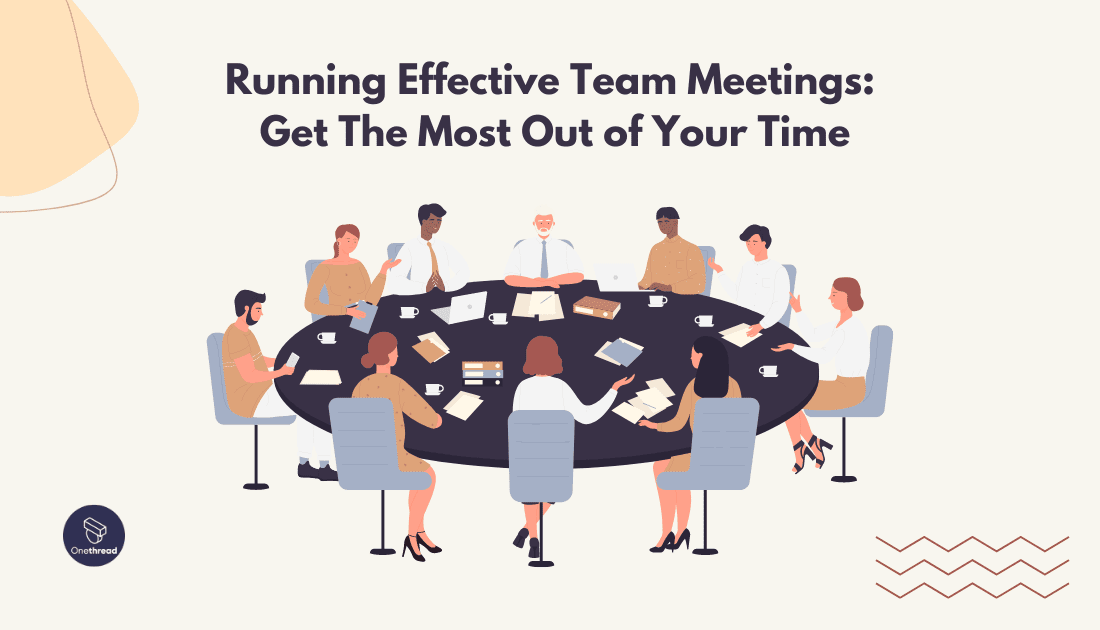Do you often find yourself sitting in meetings, feeling like your time could be better spent elsewhere? Team meetings are a common occurrence in many workplaces, but they can often be unproductive and uninspiring. However, when done right, running effective team meetings can enhance communication and collaboration within the group, leading to increased productivity and efficiency.
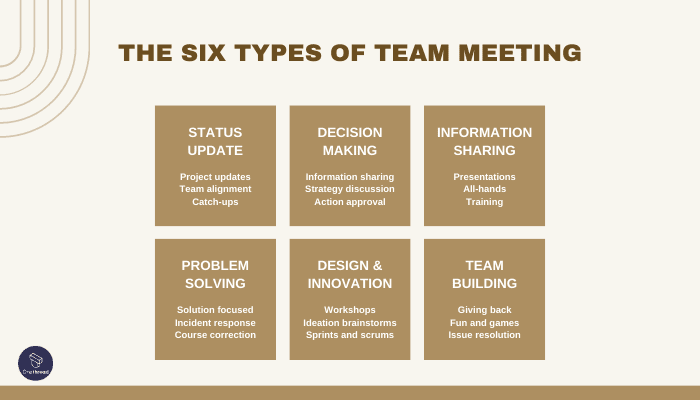
Running effective team meetings is a crucial part of any organization’s workflow. They provide a platform for brainstorming, team building, information sharing, and decision-making. However, without proper planning and execution, team meetings can quickly devolve into time-wasting, frustrating, and unproductive events.
This article will provide a comprehensive guide on how to run effective team meetings that leave your team members feeling motivated and informed.
Why Do We Need Effective Team Meetings?
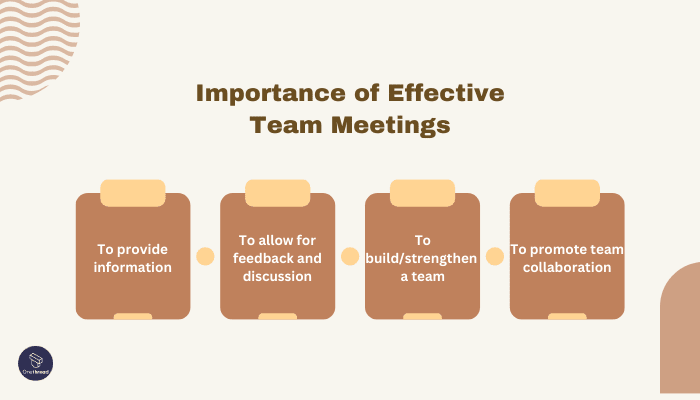
Team meetings serve several important purposes that cannot be overlooked, despite the frustration they may sometimes cause. Understanding these reasons can help you appreciate the value of effective team meetings.
To provide information
One key purpose of team meetings is to disseminate relevant information to all members. These meetings serve as a platform for ensuring that important points are explained thoroughly and that everyone is on the same page.
Feedback and discussion are vital components of effective team meetings, distinguishing them from mere information-sharing sessions.
To allow for feedback and discussion
Feedback is not just about conveying information; it involves reacting to performance and offering suggestions for improvement. Team meetings provide an opportunity to provide constructive feedback and engage in meaningful discussions that yield fruitful results.
Team meetings play a crucial role in developing a sense of unity and commitment among team members, enhancing their interpersonal and organizational skills.
To build/strengthen a team
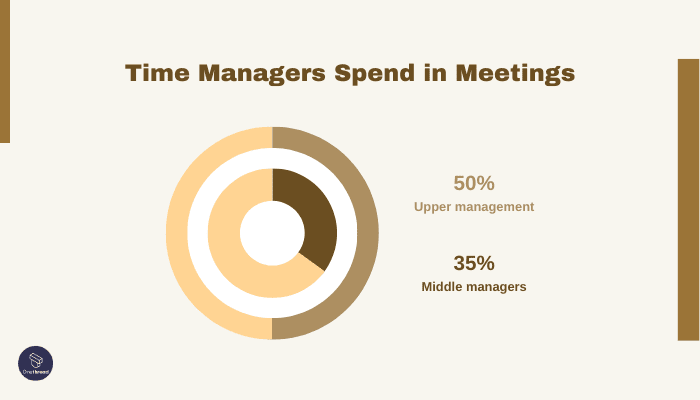
Engaging in team meeting activities helps foster a sense of togetherness and promotes the development of strong interpersonal bonds. It also nurtures commitment among team members, fostering a cohesive and collaborative working environment.
In addition to information sharing and feedback, team meetings are instrumental in promoting collaboration and teamwork, which are essential in any workplace setting.
To promote team collaboration
Team meetings go beyond the dissemination of important information; they also facilitate team collaboration. By fostering open communication and shared knowledge, these meetings enable team members to collaborate effectively, contributing to the overall success of the team and the organization.
At Onethread, we have successfully implemented weekly meetings, where participants actively engage and remain focused. Our team leaders possess the skills to effectively engage and retain staff during these meetings. Now, the question arises: How can we make our meetings even more successful and productive?
How To Run An Effective Team Meeting
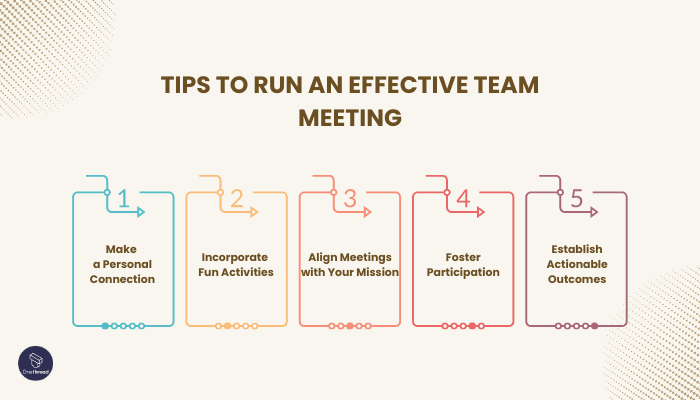
To make the most out of meetings, implementing smart strategies and fostering a positive atmosphere is essential. Here, we present a collection of practical tips to guide you in running meetings that drive engagement, foster innovation, and yield actionable results:
1. Make a Personal Connection
To ensure productive and engaging meetings, it is important to establish a personal connection with everyone in the room. Rather than using meetings as a platform solely for sharing data, consider providing the agenda beforehand so participants can familiarize themselves with the topics.
During the meeting, encourage face-to-face discussions that stimulate brainstorming and foster connections among team members. By establishing this connection, you can save time, keep everyone informed, and maintain a collaborative atmosphere.
2. Incorporate Fun Activities
Integrating fun and excitement into your meetings may seem unconventional, but it can significantly improve engagement. Introduce enjoyable team meeting activities, such as brain writing, the anti-problem, trading cards, or design challenges.
You can also invite individuals to share their success stories or provide engaging materials. Another idea is to incorporate weekly or monthly team awards during the meeting. By breaking the monotony and injecting fun, these activities will ensure active participation and make meetings something to look forward to.
3. Align Meetings with Your Mission
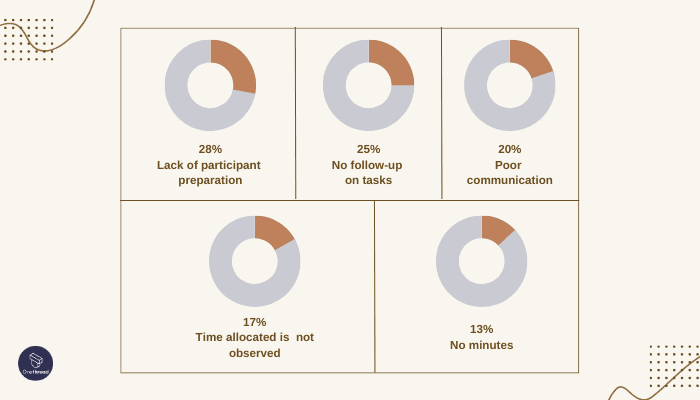
Meetings should not be detached from the overall mission and vision of your company. Rather than focusing solely on reports, deadlines, and motions, integrate your company’s mission statement into the meeting agenda.
Every discussion should be linked to the mission, reminding team members of their purpose and how their contributions drive the company’s growth. By maintaining alignment with the company’s objectives, you can keep the team motivated and engaged during meetings.
4. Foster Participation
Lack of participation in meetings can often be attributed to team members not understanding the meeting’s purpose. To address this, ensure that the purpose of the meeting is clear and known to all participants. Encourage active involvement and decision-making by giving each team member an opportunity to lead discussions and present their viewpoints.
When team members feel encouraged to participate, they will approach meetings with enthusiasm and view them as valuable opportunities for contribution.
5. Establish Actionable Outcomes
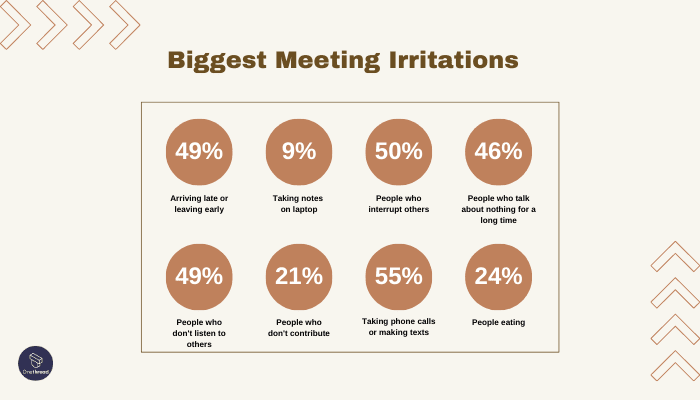
After discussing strategies during the meeting, it is crucial to establish actionable outcomes. At the meeting’s conclusion, provide each team member with an opportunity to articulate their new goals briefly.
This serves as a recap for them and allows you to gauge their understanding of the discussed information. Additionally, conclude each meeting by posing questions that prompt action, such as:
- What tasks need to be accomplished next week?
- What new strategies did you learn from this meeting?
By asking these questions, you ensure that responsibilities and timelines are clear, setting the stage for effective execution.
Extra Tips for Effective and Fun Meeting to Engaging Team
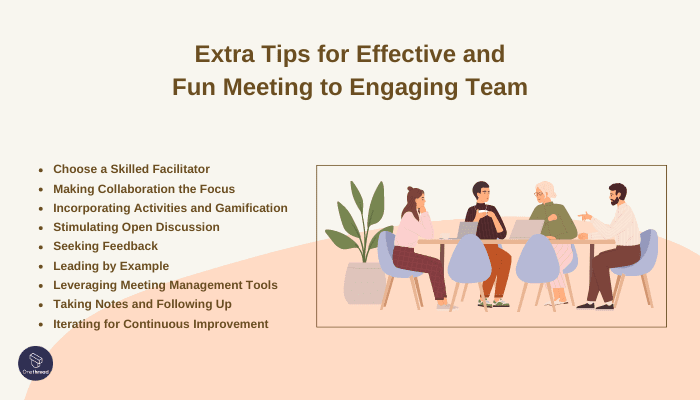
Choose a Skilled Facilitator
Appoint someone responsible for ensuring an effective conversation during team meetings. A competent facilitator keeps discussions on track, preventing tangents that waste time. They ensure all participants, including introverts, have their voices heard, promoting inclusivity. Provide the facilitator with a meeting facilitation cheat sheet to handle unexpected situations.
Making Collaboration the Focus
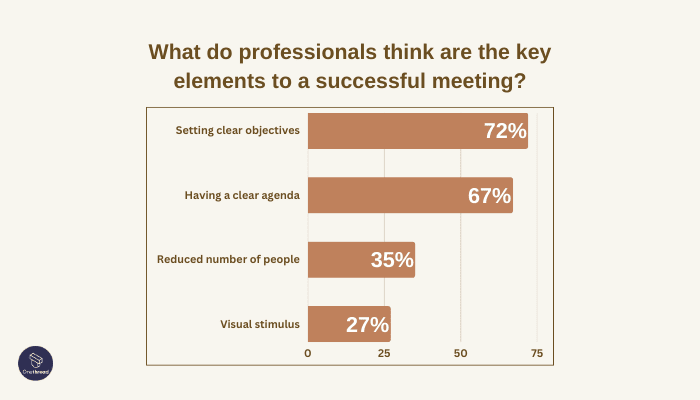
Minimize sharing lengthy reports during meetings that can be communicated via email. Meetings should prioritize team collaboration, sharing accomplishments, goals, and upcoming initiatives. Use meeting time for brainstorming, problem-solving, and decision-making to make each meeting meaningful.
Engaging All Meeting Participants
Create an inclusive environment where everyone feels comfortable speaking up. Motivate participants to share their thoughts, ideas, and feedback during the meeting. Follow up with individuals who are less likely to speak and invite their input at the end of the meeting.
Incorporating Activities and Gamification
Introduce activities and exercises to keep meetings engaging, creative, and fun. Explore gamification techniques, fostering teamwork and self-expression. Utilize meeting and collaboration tools that offer gamified elements, such as scoring and competition.
Stimulating Open Discussion
Encourage open discussion by asking questions that inspire conversation. Examples include discussing accomplishments, required resources, and upcoming priorities. Ensure each team member has an opportunity to participate and share their perspective.
Seeking Feedback
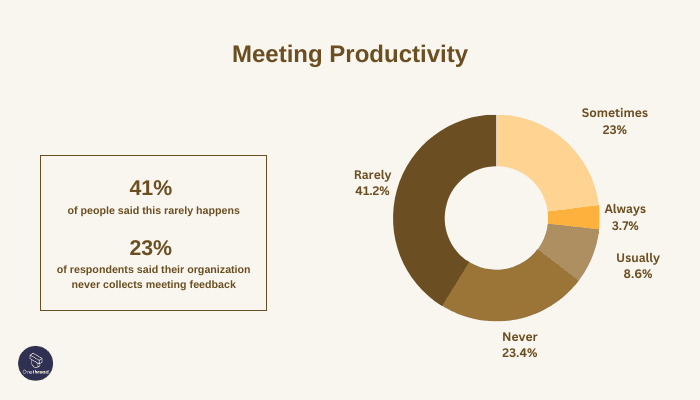
Collect feedback from meeting participants to enhance meeting effectiveness. Create a safe space for honest input to identify areas for improvement. Utilize meeting management tools to streamline feedback collection and track progress over time.
Leading by Example
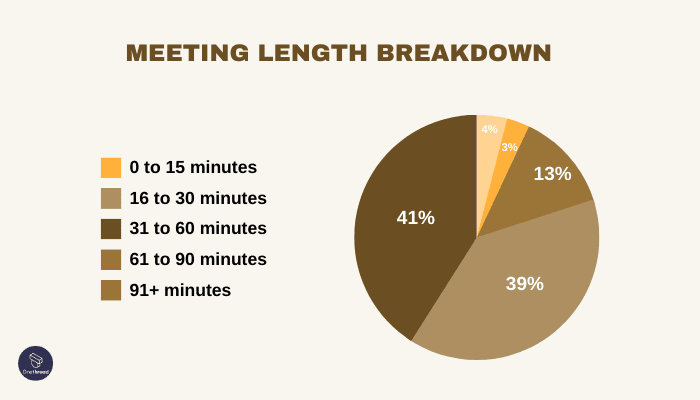
Demonstrate punctuality, preparation, and focus as a meeting leader. Encourage open communication and adherence to the agenda. Show respect for the meeting facilitator, setting a positive example for team members.
Leveraging Meeting Management Tools
Utilize meeting management tools to enhance team meetings. Automate agenda components for streamlined and efficient meetings. Leverage tools like Range to share notes, action items, and improve collaboration.
Taking Notes and Following Up
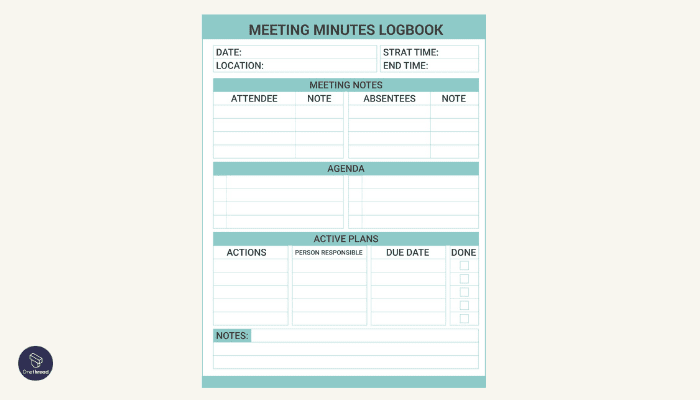
Take thorough notes during meetings to capture key discussions and decisions. Establish action items and ensure they are followed up on promptly. Utilize note-taking templates for consistency and set reminders to follow up on tasks.
Iterating for Continuous Improvement
View team meetings as an ongoing process and continually iterate for effectiveness. Rotate team leaders, introduce games, or incorporate role-playing to keep meetings engaging. Persist in refining the meeting structure until it maximizes productivity and engagement.
Incorporating these tips will transform your meetings into engaging, productive, and enjoyable experiences that promote collaboration and drive organizational success.
How Onethread Helps You Run Effective Meetings
Onethread emerges as a dynamic solution, transforming your meetings into efficient, productive, and actionable sessions. Here’s how Onethread redefines effective meetings:
Agenda Management and Collaboration:
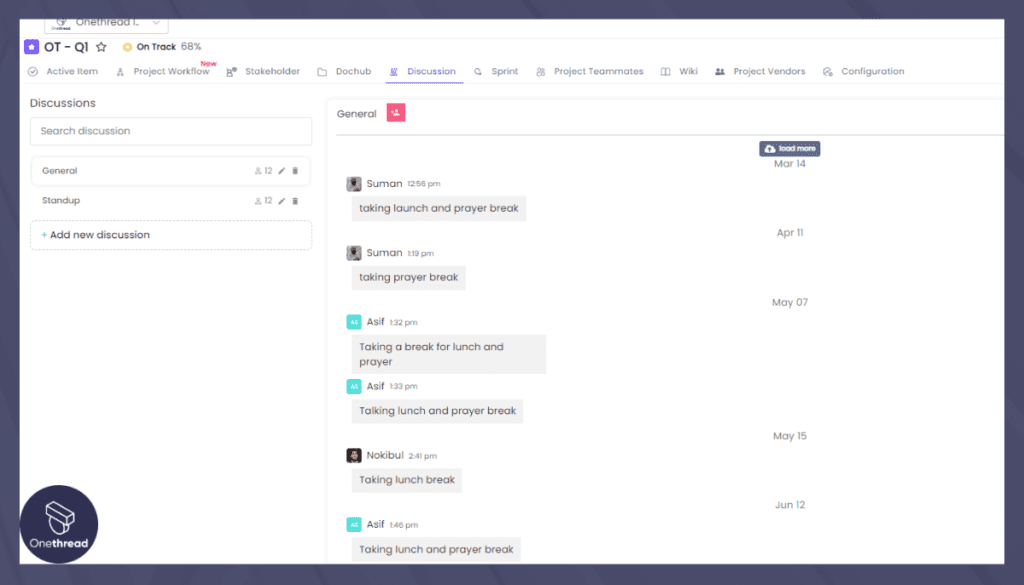
Onethread empowers meeting organizers to set clear agendas and foster collaboration before the meeting begins. Utilize real-time messaging to discuss agenda items, share insights, and ensure everyone is aligned. This pre-meeting collaboration creates a purposeful framework and sets the stage for focused discussions.
Documented Discussions and Insights:
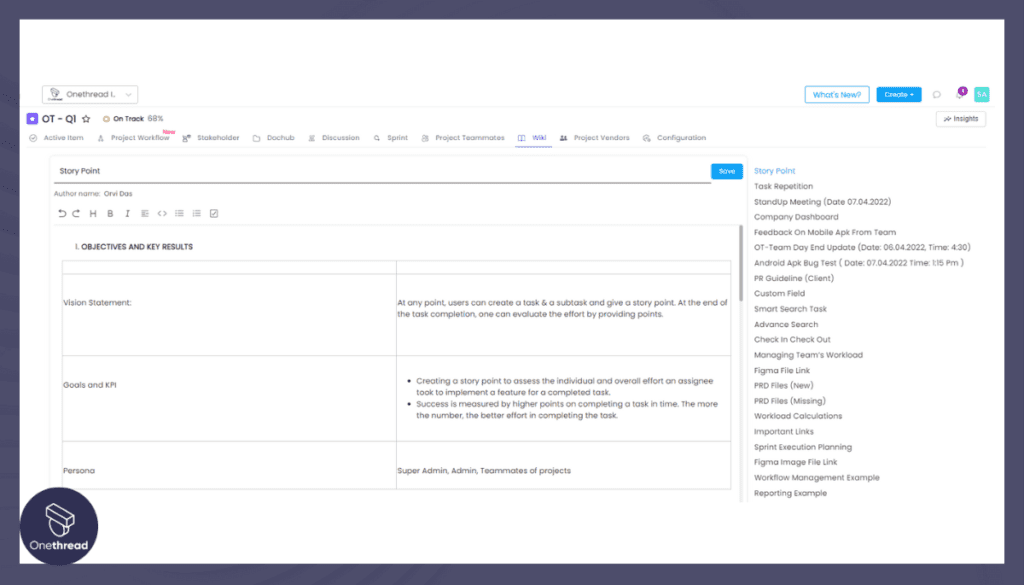
Meetings often generate valuable insights and ideas. Onethread’s collaborative document editing feature captures these discussions, decisions, and action items. Team members can collaboratively document the meeting’s essence, creating a reference point for future discussions and accountability.
Asynchronous Action Tracking:
Onethread takes follow-up to a new level. Assign tasks and action items directly within the platform, ensuring accountability and progress tracking post-meeting. Team members can update task statuses asynchronously, creating a central repository for actions and a clear path forward.
Seamless Communication and Feedback:
During and after the meeting, Onethread facilitates seamless communication and feedback. Team members can discuss ideas, ask questions, and provide feedback in a dedicated space. This eliminates the pressure for immediate responses and ensures thoughtful, productive interactions.
Transparent Post-Meeting Records:
Onethread’s collaborative documentation is invaluable after the meeting concludes. Everyone has access to meeting notes, action items, and decisions. This transparency eliminates the need for multiple emails and fosters inclusivity, ensuring that even absent team members remain informed.
Experience the power of an organized, efficient meeting culture, where ideas translate into actions and collaboration leads to tangible results. With Onethread, your meetings become a strategic cornerstone of productivity and progress.
Conclusion
In conclusion, team meetings are an essential component of effective communication and collaboration within any organization. By following the strategies outlined in this article, such as establishing clear objectives and creating an engaging environment, teams can enhance their overall productivity and efficiency.
By setting clear meeting objectives, team members are able to stay focused on the task at hand and ensure that everyone is working towards a common goal. This helps to eliminate confusion and ensures that time is being used effectively.
Additionally, by creating an interactive and engaging environment, team meetings become more dynamic and encourage active participation from all members. This leads to increased creativity and problem-solving abilities within the team.
Overall, by implementing these strategies into your team meetings, you can maximize productivity and efficiency while promoting effective communication and collaboration among your team members. Remember to set clear objectives, create an engaging environment, encourage active participation, and watch as your team thrives in their ability to work together towards shared goals.
Frequently Asked Questions
How Can I Ensure That All Team Members Are Actively Engaged And Participating During The Meeting?
Ensure active engagement and participation by setting clear meeting objectives, encouraging everyone to contribute their ideas and opinions, creating a supportive environment, employing interactive activities or icebreakers, and providing opportunities for team members to ask questions.
What Are Some Effective Techniques For Managing Conflicts Or Disagreements That May Arise During Team Meetings?
To manage conflicts or disagreements during team meetings, actively listen to both sides, encourage open communication, and facilitate a respectful discussion. Find common ground and work towards a mutually beneficial solution.
How Can I Encourage Team Members To Share Their Opinions And Ideas Without Fear Of Judgment Or Criticism?
Create a safe and non-judgmental environment by actively listening to team members, acknowledging their contributions, and promoting open dialogue. Encourage everyone to share their thoughts without fear of criticism or judgment.
Are There Any Specific Strategies Or Tools That Can Help Improve The Overall Efficiency Of Team Meetings?
There are several strategies and tools that can improve the efficiency of team meetings. For example, setting clear agendas, using collaborative online platforms, and implementing time management techniques can help streamline discussions and decision-making processes.
What Steps Can I Take To Ensure That The Meeting Objectives Are Understood And Met By All Team Members?
To ensure meeting objectives are understood and met by all team members, clearly communicate the goals beforehand, provide an agenda with specific tasks, encourage active participation, and follow up with a summary of outcomes.
